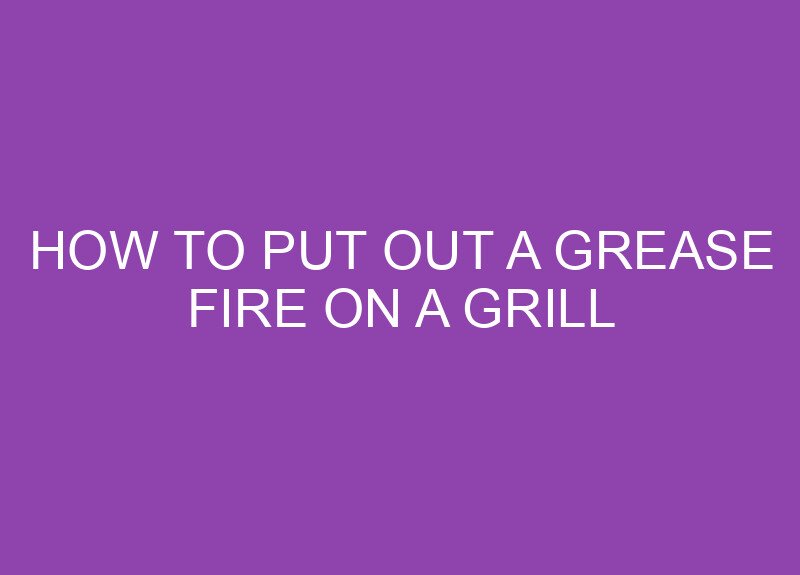Are you struggling to find a way to vent your dryer without a vent to outside? While it may seem like a daunting task, it is essential to find a solution to prevent dangerous build-up of lint and potential fire hazards in your home. In this informative blog post, we will provide you with expert guidance and practical tips to safely vent your dryer without a vent to outside, ensuring both the safety of your home and the efficiency of your dryer.
Key Takeaways:
- Consider using a Ventless Dryer: Ventless dryers are designed to recirculate the air and remove moisture without the need for an external vent. This option can be a convenient and efficient alternative for homes without access to an outside vent.
- Use a Venting Kit: If a ventless dryer is not an option, consider using a venting kit that directs the hot, moist air from the dryer to a nearby window or drop ceiling. These kits can help create a temporary venting solution without major construction work.
- Utilize a Condensation Dryer: Condensation dryers use a heat exchanger to cool and condense the moisture from the air, collecting it in a tray or pumping it to a drain. This type of dryer does not require an external vent and can be a practical choice for venting without access to the outside.
- Regularly Clean the Lint Filter: To prevent the build-up of lint and debris in the dryer, it is important to regularly clean the lint filter. This can help improve the air circulation and efficiency of the dryer, especially when venting indoors or in a confined space.
- Monitor the Humidity Levels: When venting a dryer without a vent to the outside, it is crucial to monitor the humidity levels in the surrounding area. Excess moisture can lead to mold and mildew, so be sure to maintain proper ventilation and consider using a dehumidifier if necessary.
Venting Options for a Dryer Without a Vent to Outside
The good news is that there are several options available for venting a dryer without a vent to the outside. While it may seem impossible at first, with a little planning and the right materials, you can safely and effectively vent your dryer indoors.
Venting with a Window Kit
If you have a window near your dryer, you can purchase a window venting kit that allows you to vent the dryer through the window. This kit typically includes a window adapter and a vent hose that can be easily installed and removed as needed. It’s important to ensure that the window kit creates a tight seal to prevent any leaks of heat or lint into your home.
Venting into a Wall Cavity
Another option is to vent the dryer into a wall cavity. This method involves cutting a hole in the wall and installing a vent box that connects to the dryer hose. The vent box is designed to capture lint and heat, preventing them from entering your walls. However, it’s crucial to be aware of any electrical wiring or plumbing within the wall before cutting into it.
Venting into a Drop Ceiling
If your home has a drop ceiling, you can vent the dryer into the ceiling space. This method involves installing a vent box in the ceiling and connecting it to the dryer hose. It’s important to ensure that the vent box is securely attached and that the ceiling tiles are not compromised by the heat and moisture from the dryer.
Venting into a Crawlspace or Attic
Venting the dryer into a crawlspace or attic is another option, but it’s important to proceed with caution. You’ll need to install a vent box and ensure that the vented air is not causing any moisture or mold issues in the space. Additionally, make sure to check local building codes to ensure this method is allowed.
Venting through a Dryer Vent Booster Fan
If none of the above options are feasible for your situation, you can consider using a dryer vent booster fan. This device is installed in the dryer vent line and helps improve airflow and push the air through a longer duct run. However, it’s important to regularly inspect and maintain the fan to prevent any potential issues.
Safety Considerations and Precautions
However, before you proceed with venting your dryer without a vent to the outside, it’s important to be aware of safety considerations and take necessary precautions to reduce potential risks. Venting your dryer without an external vent requires careful planning and attention to safety measures.
Properly Securing and Sealing Venting Options
When venting a dryer without a vent to the outside, it is crucial to properly secure and seal the venting options to prevent any leakage of air or lint accumulation. Use high-quality materials such as aluminum ducts and invest in a reliable venting kit to ensure a secure and airtight connection. Check for any gaps or loose connections regularly, and seal them properly to avoid potential fire hazards.
Regular Maintenance and Cleaning
Regular maintenance and cleaning of your venting system are essential when venting a dryer without an external vent. Clean the lint trap after every use to prevent lint buildup within the dryer and the venting system. Additionally, schedule regular inspections and cleaning of the venting system to remove any lint or debris that may have accumulated over time. Neglecting proper maintenance can lead to potential fire hazards and reduced efficiency of the dryer.
Carbon Monoxide Detection
When venting a dryer without a vent to the outside, it’s important to be aware of the potential risk of carbon monoxide build-up. Ensure that you have carbon monoxide detectors installed in close proximity to the dryer and regularly check their functionality. Carbon monoxide is a colorless and odorless gas that can cause serious health issues, so it’s crucial to monitor its presence when using a ventless dryer setup.
Alternative Methods for Drying Clothes Indoors
Your dryer may not have access to an outside vent, but there are alternative methods for drying clothes indoors. These methods can help keep your home safe and dry. For more information on how to vent a dryer without a vent to the outside, you can check out this helpful guide on How To Vent A Dryer Without A Vent To Outside? (4- …
Using a Portable Ventless Dryer
If you are unable to vent your dryer to the outside, consider using a portable ventless dryer. These dryers do not require a vent and use condensation technology to remove moisture from the air. While they may take longer to dry clothes than traditional dryers, they can be a safe and convenient alternative for indoor use. Ensure you follow the manufacturer’s instructions for proper maintenance and operation.
Employing Indoor Clothes Drying Racks
Another option for drying clothes indoors is to use indoor clothes drying racks. These racks allow you to hang clothes to air dry, reducing the need for a dryer altogether. This method can be safer than using a ventless dryer, as it eliminates the risk of moisture buildup and potential mold growth. However, it may take longer for clothes to dry using this method, so plan accordingly and ensure adequate ventilation in the drying area.
The Best Way to Vent a Dryer Without a Vent to Outside
The most effective way to vent a dryer without a vent to the outside is to use a ventless dryer and a ventless dryer venting system. These systems use water to trap lint and other debris, reducing the risk of fire hazards. Additionally, you can consider consulting a professional to install a venting system that meets safety standards and regulations. For more information on the potential fire hazard of not venting a dryer to the outside, you can visit The dryer exhaust in my rental doesn’t vent to the outside. It vents into the house. Is this a fire hazard? Should it be vented to the outside?
FAQ
Q: Can I vent a dryer without a vent to the outside?
A: Yes, it is possible to vent a dryer without a vent to the outside using alternative methods such as indoor vent kits or ventless dryers.
Q: What is an indoor vent kit?
A: An indoor vent kit is a system that allows you to vent the hot, moist air from your dryer into a container filled with water, which then condenses the moisture and allows the air to be released into the room as dry air.
Q: Can I use a ventless dryer instead of venting to the outside?
A: Yes, ventless dryers are designed to operate without needing to be vented to the outside. They use a condensing system to remove moisture from the air and can be a good alternative if venting to the outside is not possible.
Q: Are there any risks to venting a dryer without a vent to the outside?
A: Venting a dryer without a vent to the outside can lead to an increase in humidity levels in the home, which can promote the growth of mold and mildew. It is important to monitor indoor humidity levels and ensure proper ventilation if using alternative venting methods.
Q: How can I ensure the safety and efficiency of venting my dryer without a vent to the outside?
A: To ensure safety and efficiency when venting a dryer without a vent to the outside, it is important to regularly clean and maintain the indoor vent kit or ventless dryer system. Additionally, monitoring indoor humidity levels and using a dehumidifier if necessary can help minimize the risks associated with indoor venting.










